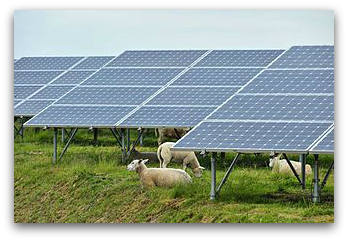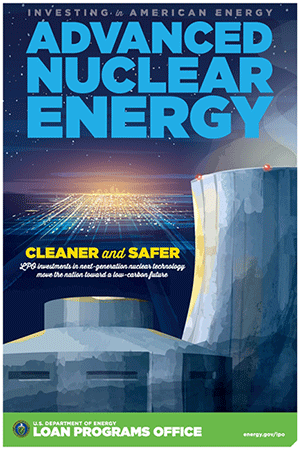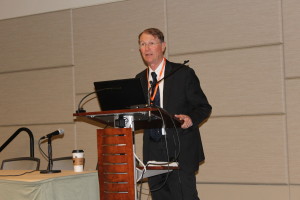 The U.S. Department of Energy’s Advanced Research Projects Agency-Energy (ARPA-E) has recently announced up to $30 million in funding for a new program that focuses on renewable energy to convert air and water into cost-competitive liquid fuels.
The U.S. Department of Energy’s Advanced Research Projects Agency-Energy (ARPA-E) has recently announced up to $30 million in funding for a new program that focuses on renewable energy to convert air and water into cost-competitive liquid fuels.
The program, titled Renewable Energy to Fuels through Utilization of Energy-dense Liquids (REFUEL), is aimed at developing technologies that use renewable energy to convert air and water into carbon neutral liquid fuels – which can be converted into hydrogen or electricity to provide power for sustainable transportation.
The majority of vehicles in the transportation sector depend on liquid fuels such as gasoline or diesel to operate. While liquid fuels are energy dense and can be stored for a long period of time, liquid fossil fuels emit significant amounts of carbon dioxide into the environment. These emissions account for over 20 percent of the U.S.’s total greenhouse gas emissions and contribute to the overall effects of climate change.





 The U.S. Department of Energy recently released a new series of posters illuminating a new generation of sustainable energy and green jobs. The series is reminiscent of the famous imagery created for the Works Progress Administration, only this time, the images depict a renewable energy revolution.
The U.S. Department of Energy recently released a new series of posters illuminating a new generation of sustainable energy and green jobs. The series is reminiscent of the famous imagery created for the Works Progress Administration, only this time, the images depict a renewable energy revolution.
